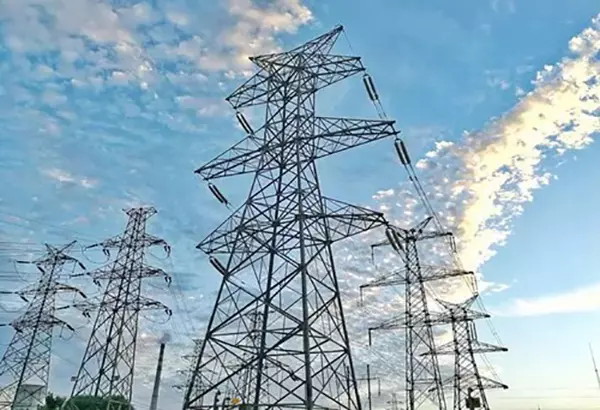Electric Power Transmission Method, Principle and process of electric power transmission
2022-08-11
2020-07-14
1. Transmission
The transmission of electrical energy, together with substation, power distribution and electricity consumption, constitutes the overall function of the power system. Through power transmission, the power plants and load centers that are far apart (up to thousands of kilometers) are connected, so that the development and utilization of electrical energy exceeds the geographical restrictions. Compared with the transmission of other energy sources (such as coal and oil transmission), power transmission has less loss, high efficiency, flexibility, ease of regulation, and less environmental pollution; power transmission can also connect power plants in different locations to implement peaks and valleys adjust. Power transmission is an important manifestation of the superiority of electrical energy utilization. In a modern society, it is an important energy artery.

The level of transmission voltage is the main indicator of the development level of transmission technology. By the 1990s, the transmission voltages commonly used in various countries in the world were high-voltage transmission of 220 kV and above, ultra-high voltage transmission of 330-765 kV, and ultra-high voltage transmission of 1000 kV and above.
2. Substation
In the power system, power plants convert natural primary energy into electrical energy and send electricity to distant power users. In order to reduce power loss on the transmission line and line impedance voltage drop, the voltage needs to be increased; in order to meet the safety of power users Need to reduce the voltage and distribute it to each user. This requires a substation that can raise and lower the voltage and distribute electrical energy. Therefore, the substation is an electrician device in the power system that transforms voltage, receives and distributes electrical energy, it is an intermediate link between the power plant and the power user, and at the same time connects the power grids of various voltage levels through the substation, the substation The role is to transform voltage, transmit and distribute electrical energy. The substation is composed of power transformer, power distribution device, secondary system and necessary auxiliary equipment.
The transformer is the central equipment of the substation, and the transformer uses the principle of electromagnetic induction.
The power distribution device is a device that connects all the switching appliances and current-carrying conductor auxiliary equipment in the substation. Its role is to receive and distribute electrical energy. The power distribution device is mainly composed of busbars, high-voltage circuit breaker switches, reactor coils, transformers, power capacitors, lightning arresters, high-voltage fuses, secondary equipment and other necessary auxiliary equipment.
Secondary equipment refers to the equipment and devices for primary system state measurement, control, supervision and protection. The circuit formed by these devices is called a secondary circuit, and is generally called a secondary system.

For more information of Jecsany products of overhead transmission line, please visit the website of Jecsany: www.jecsany.com




